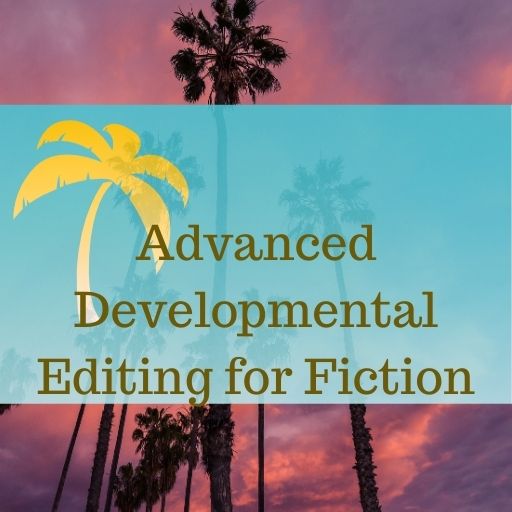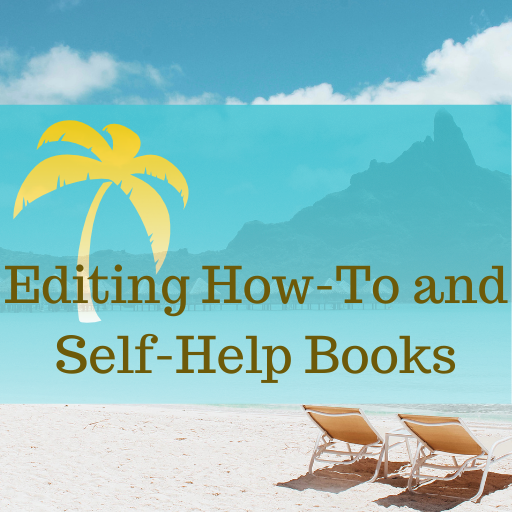Why Providing Clear Guidance Matters for Editors
In the Club Ed membership group, we were discussing a (published) how-to book aimed at writers. One of the editors mentioned how the information was presented in a confusing way and that this made it difficult for her to continue reading. Then she remarked, “My mind is generally in a state of burden.”
I don’t know a single one of us who didn’t feel that remark in their bones. Everyone is in a state of burden.
Why Providing Clear Guidance Matters for Editors
THIS is why I harp so much on making your queries and guidance crystal clear and easy to understand when you’re editing. This is why providing clear guidance matters for editors because your clients are in a state of mental burden. If they have to decode your cryptic comments in order to understand your edit, they’re probably not going to do so. They may not even reach out for clarification. See: “My mind is generally in a state of burden.”
Keep this in mind from your first encounter with a potential client to the receipt of your final payment from them.
Help your clients succeed by checking that they understand your policies and expectations, remind them when a booked edit is coming up, ensure that your edit outlines a doable and cohesive revision (rather than overwhelming the AU with a laundry list of a hundred things going wrong), and include the next steps when you deliver your edit even if you’ve already described them previously.
This isn’t hand-holding and “doesn’t anyone know how to adult anymore?” This is recognizing that we are all dealing with a lot, all the time, and a little understanding goes a long way. The ability to show your best self (and work) to authors and clients is why providing clear guidance matters for editors.
Tips for Editors & Writers
-
How to Create Defensible Edits
As a developmental editor, you need to know how to create defensible edits of a manuscript to help authors put out their best work. Tips for How to Create Defensible Edits When you’re doing a developmental edit—looking at the big-picture overview of a novel—you’ll generally be expected to provide two main services: The editing on…
-
When Is a Book Ready for Editing?
Both authors and editors have the same question at some point in the book writing / publishing process: When is a book ready for editing? So When IS a Book Ready for Editing? The creative process is not timely and linear, which is why, as an editor, I don’t book edits before an author’s manuscript…
-
Effective Client Communication for Book Editors
Managing client expectations is necessary for a successful business so here are my tips for effective client communication for book editors. My Top Tip for Effective Client Communication for Book Editors One way to avoid an unhappy client is to communicate all relevant information from the very beginning of your relationship with them. Clearly stated…
Join the Club!
New to story editing? Begin at the beginning.





